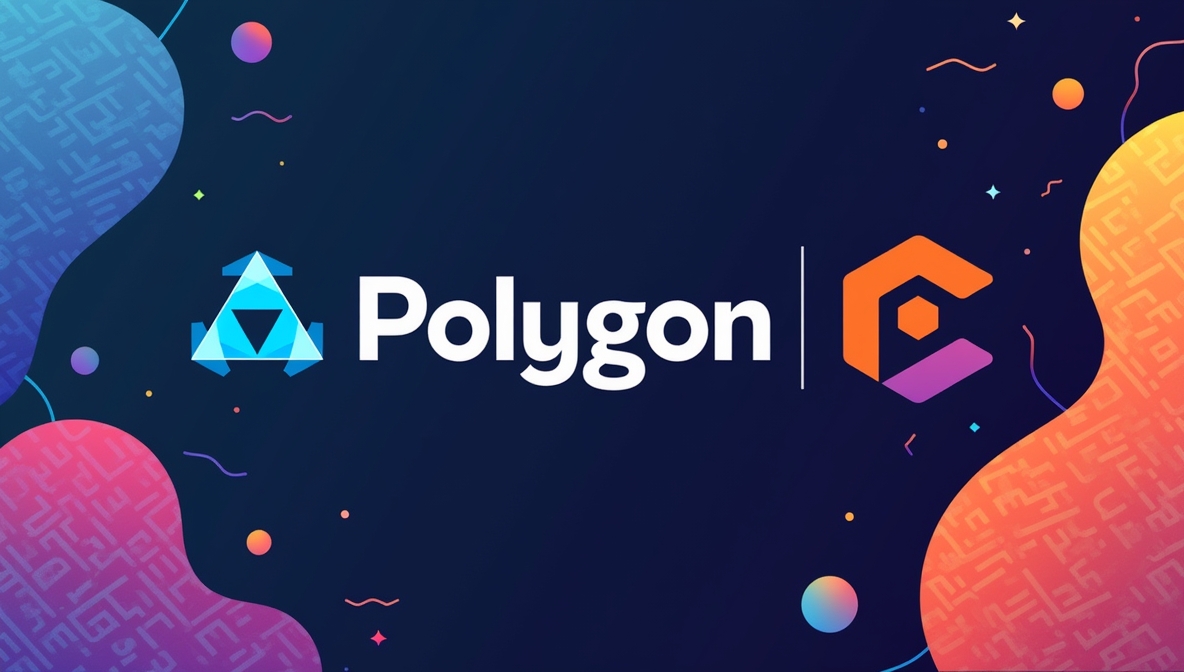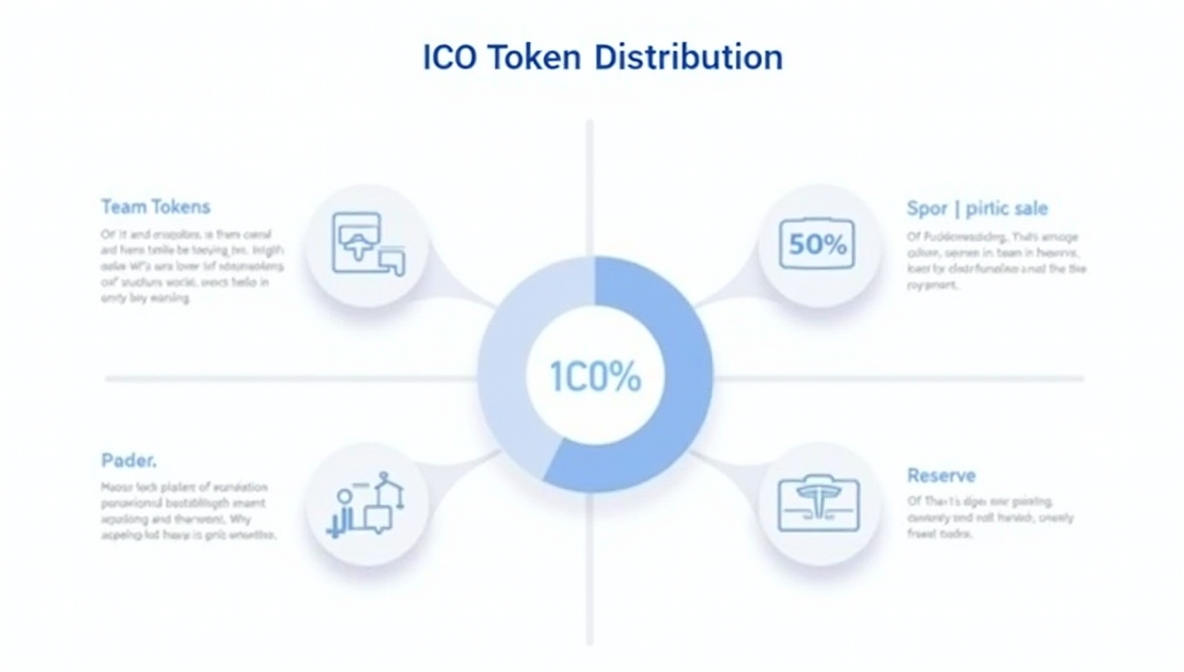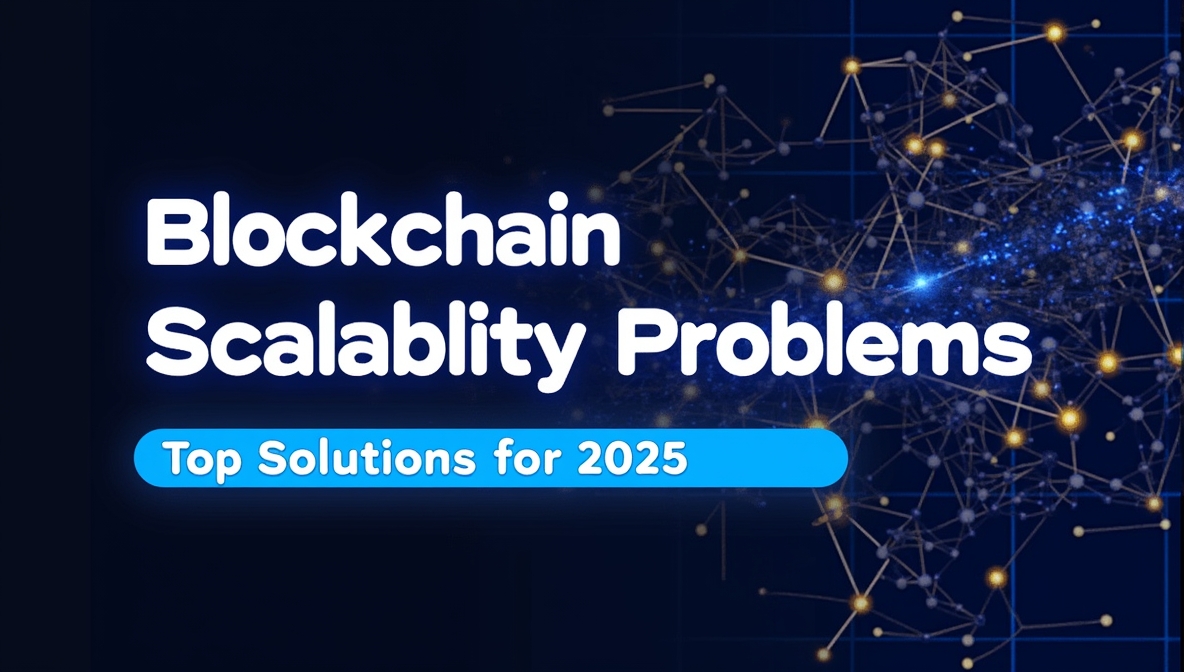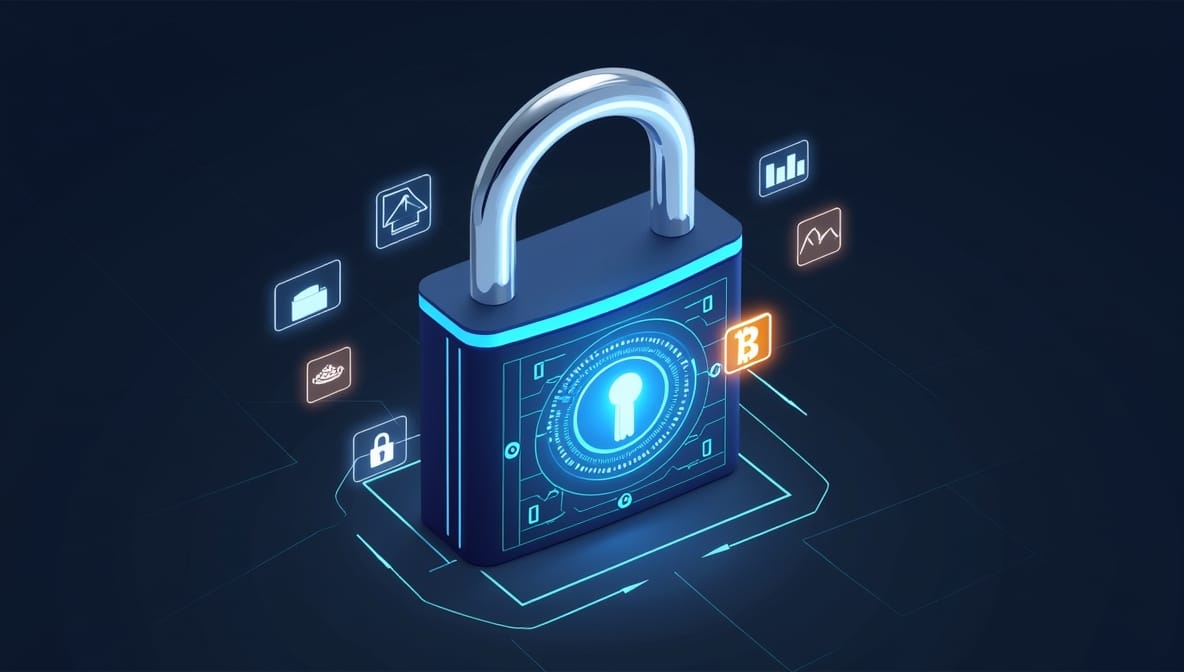In the bustling digital realm, the concept of tokenization within blockchain continues to spark intrigue and innovation. At its core, tokenization involves the transformation of tangible or intangible assets into digital tokens, stored securely on a blockchain. This ingenious process not only modernizes asset management but also democratizes investment access across the globe. Let us journey through the fascinating world of tokenization, unravel the mechanisms behind it, and explore its burgeoning significance in today’s economy.
Introduction to Tokenization in Blockchain
Tokenization, about blockchain, means a process through which the ownership right of an asset is represented through a token. Further on we come to the following conclusion as we investigate this modern-day form of alchemy This new form of alchemy is leading towards a rebirth of the digital asset industry by giving investors certainty in managing their assets. Everyone likes to say it nowadays, but it’s a key enabling technology determining the possibilities of Finance 4.0 and enabling seamless integration of classical assets into the digital world.
Based on Provenance Blockchain, over 0.3 trillion real−world financial assets have been tokenized using blockchain technology. This figure is expected to grow substantially, with estimates from the Boston Consulting Group (BCG) suggesting that tokenized assets will reach 16 trillion by 2030. This growth indicates the increasing adoption and potential of tokenization in the financial sector, transforming how assets are managed and transacted on blockchain networks. The benefits of tokenization include enhanced liquidity, democratized access, cost efficiency, transparency, and global reach, offering significant advantages over traditional asset management methods. These statistics highlight the trend towards digital transformation in finance, driven by the rapid evolution of blockchain technology.

How Tokenization Works
In fact, beginning the tokenization process is very similar to taking some of the assets and presenting them in the language that the blockchain understands. These investments can be tokenized no matter whether they are physical or digital: real estate, paintings, stocks, precious metals, and even intellectual property. This conversion is done by issuing digital tokens in a blockchain network that signify a particular part of that asset.
Much of the heavy lifting in this process, of course, is done by smart contracts which carry out transactions honestly and efficiently and which guarantee the proper transfer of assets. They look and feel like conscious guardians who monitor compliance and remove many of the nonsensical activities of traditional asset management. Smart contracts therefore provide a permanent record of all transactions in the blockchain to literally minimize fraudulent transactions and general lack of trust in the system.
Benefits of Tokenization
The key of interest in tokenization is in offering the option to make an illiquid asset become liquid. Through fractional investment, investors can participate in asset classes that before could be considered the preserve of the wealthy few thus making the investment process more democratic. It is as if you are the owner of a few units of a Picasso painting or some square footage of a piece of Manhattan real estate but without the kind of money required to own the actual Picasso painting or the Manhattan real estate.
In this digital age, blockchain technology ensures that tokenized assets come with enhanced security and transparency. Ownership rights are clearly defined and immune to unilateral alterations, providing a tamper-proof system of record. Moreover, investors enjoy greater accessibility; barriers diminish as tokenization democratizes opportunities, inviting a wider pool of participants into the investment world.
Read More: Tokenizing Natural Resources: A New Era in Sustainability
Challenges and Considerations
However, tokenization is not without its challenges. Regulatory hurdles persist as jurisdictions race to establish comprehensive frameworks for tokenized assets. The patchwork of regulations can pose significant barriers to cross-border trading and innovation. Additionally, technical challenges like scalability, interoperability, and system integration call for sophisticated solutions to ensure seamless transitions from traditional mechanisms to digital platforms.
Risks, too, must be managed with care. Market volatility can impact valuations, and the technical underpinnings of blockchain may introduce vulnerabilities. Governance issues, particularly in the distributed environment of blockchain, could complicate decision-making and asset management.
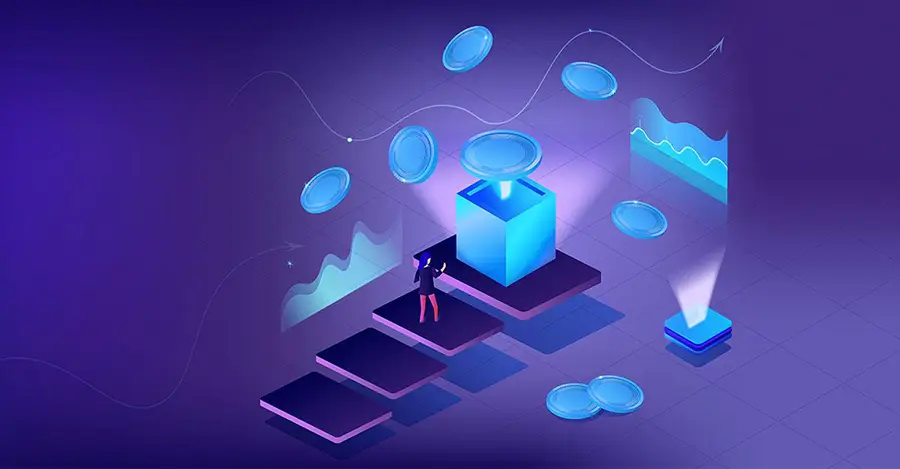
Use Cases of Tokenization: Real-World Applications and Industry Impact
Tokenization is not an abstract idea; it is already at work in transforming several sectors through translating real-world assets into blockchain-enabled solutions based on the best tenets of the technology: transparency, security, and efficiency. Here we discuss the primary examples of tokenization across finance real estate and the art world along with the impact analysis of this technology on these sectors.
Successful Tokenization Projects: Use Cases & Examples
Tokenization is also making strides in industries like real estate, where assets are divided into digital shares, enabling fractional ownership and increasing market liquidity.
1. Finance: Security Tokens and Decentralized Finance (DeFi)
Security tokens are realized as one of the most popular and vivid examples of tokenization in the sphere of finances. Security tokens are associated with ownership rights in actual financial assets bought with these tokens In its basic form, a security token signifies ownership in a public, private, or pre-IPO company stock or bond. This improvement incorporates mainstream securities with distributed record innovation making it quicker, proficient, and open.
Read More:Tokenization of Assets and Government Bonds
Case Study: INX
Currently, INX became one of the first approved SEC platforms that allowed users to trade tokenized shares of some companies within the blockchain environment. The INX token was employed directly for the platform’s IPO, which excludes conventional offerings typical for IPOs. INX realized $84 million indicating how tokenized security is capable of causing significant disruption to the conventional markets.
Security tokens are also slowly finding their way into the Decentralized Finance (DeFi). DeFi systems enable people to participate in financial transactions with others without relying on organizations such as banks. Tokenization takes the central part as traditional financial assets are tokenized into digital ones that can be involved in the mentioned platforms which contributes to the spread and effective usage of finance.
Case Study: Aave
Aave is one of the most famous DeFi platforms for which you can put tokenized assets in lending. Customers stake cryptocurrencies (such as digital assets backed by physical assets such as stablecoins) and earn income or fixed rates on the assets they have added. Such loaning practices work outside banking institutions and bring within reach loans which, normally, demand lots of credit investigations and documentation.
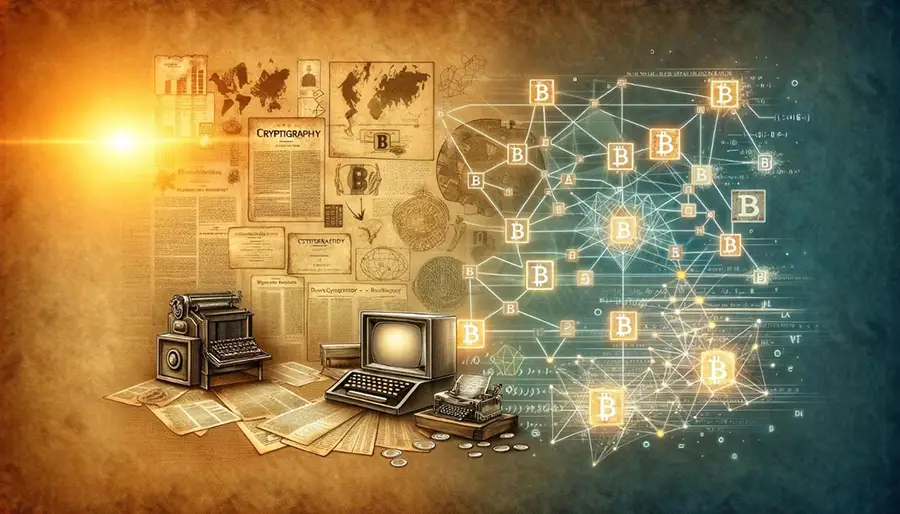
2. Real Estate: Tokenized Property Investments
Real estate tokenization is revolutionizing how people buy, sell, and invest in property by enabling fractional ownership. Tokenizing real estate allows multiple investors to hold portions of a property via digital tokens, providing them with rights to rental income and appreciation of the property’s value. This significantly reduces the capital required to invest in real estate, democratizing access to an asset class previously dominated by wealthy individuals and institutions.
Case Study: RealT
RealT, a U.S.-based platform, has tokenized residential properties in Detroit and other cities, offering tokens that represent fractional ownership of rental properties. Investors earn rental income proportional to their holdings, and these tokens are tradable on decentralized exchanges. Through RealT, investors from across the globe can own a share of U.S. real estate with a few clicks, transforming a once-illiquid market into a liquid and accessible one.
Case Study: Aspen Digital Token
Aspen Digital, backed by the St. Regis Aspen Resort, issued a security token offering (STO) representing ownership in the luxury hotel. This project allowed smaller investors to gain exposure to high-end real estate through fractional ownership, reducing the barriers to entry for this typically capital-intensive market. The success of the Aspen Digital Token signals the viability of tokenizing even high-end real estate.
Raed Mre: Asset Tokenization Regulation: Navigating Compliance in 2024
3. Art: Digital Ownership of Physical and Digital Artworks
Tokenization has breathed new life into the world of art, transforming how we think about ownership, provenance, and investment in physical and digital art. By tokenizing artwork, artists and collectors can digitize the rights and ownership of a piece, making it easier to trade while ensuring authenticity and eliminating forgery risks.
Case Study: Maecenas
Maecenas is a blockchain-based platform that tokenizes high-value artwork. It allows collectors to buy fractions of masterpieces, such as works by Picasso, instead of needing to purchase the entire artwork. These tokens can then be traded on secondary markets, providing liquidity in an otherwise illiquid asset class. Maecenas has successfully auctioned fractional shares of several famous works, highlighting how tokenization can democratize access to the world of fine art.
Case Study: Beeple and NFTs
While physical art is being tokenized, the rise of Non-Fungible Tokens (NFTs) has revolutionized the digital art world. Beeple, a digital artist, sold his NFT artwork “Everyday: The First 5000 Days” at a Christie’s auction for $69 million in 2021, a landmark moment for tokenized digital art. NFTs are unique tokens that represent ownership of digital content, including artwork, music, and videos, proving that tokenization is not limited to physical assets but also extends to intellectual property in the digital realm.
Impact on Various Industries
Tokenization is streamlining supply chain management by providing immutable records of product provenance, reducing fraud, and improving traceability from production to delivery.
1. Finance: Transformation through Security Tokens and DeFi
Tokenization is disrupting the finance industry by making asset trading faster, more secure, and more inclusive. Security tokens provide new opportunities for investors to own fractions of assets like stocks, bonds, and real estate. This has led to the growth of tokenized exchanges, where fractionalized financial products can be traded in real-time, increasing liquidity and making markets more accessible. Moreover, DeFi platforms are leveraging tokenization to allow users to trade and use these tokens as collateral, effectively redefining lending, borrowing, and staking mechanisms without the need for banks or financial intermediaries.
2. Real Estate: Democratizing Property Investment
Tokenization is revolutionizing the real estate market by breaking down high-value assets into smaller, tradable units. The real estate industry, notorious for its high barriers to entry, is now accessible to a broader range of investors through platforms like RealT and Aspen Digital. Tokenization enables fractional ownership, providing everyday investors with opportunities that were once only available to institutional investors. Additionally, these tokens are highly liquid compared to traditional real estate, as they can be traded on blockchain platforms, turning a once illiquid asset into a fluid market where investors can easily buy and sell their stakes.
3. Art: New Paradigms in Ownership and Provenance
In the art world, tokenization is solving long-standing issues of provenance, authenticity, and liquidity. For both digital and physical art, tokenization ensures that ownership and transaction history are immutable and transparent on the blockchain, making forgery and fraudulent transactions virtually impossible. Additionally, the fractional ownership model allows more people to invest in valuable artworks without needing the capital to buy the entire piece. Artists also benefit as they can retain royalties through smart contracts whenever their tokenized art changes hands on secondary markets, creating new revenue streams and ensuring ongoing financial benefits for the original creator.
Future Impact of Tokenization Across Industries
The implications of tokenization extend far beyond its current applications. As regulatory clarity increases and technological challenges such as scalability are addressed, tokenization could reshape entire industries, making global asset trading frictionless and inclusive. We can expect an explosion of DeFi applications that leverage tokenized assets for everything from collateral in lending platforms to staking in decentralized autonomous organizations (DAOs). Additionally, tokenization is likely to redefine investment strategies, providing retail investors with unprecedented access to high-value assets and offering institutional investors new tools for diversifying their portfolios.
Industries that are slow to adopt this technology risk being left behind as tokenized ecosystems become more mainstream, unlocking value across borders and asset classes. The convergence of blockchain, tokenization, and decentralized finance presents a future where financial inclusion is a reality, and assets once restricted to a select few are made accessible to the global population.
Tokenization is clearly transforming finance, real estate, and art in groundbreaking ways, and as we move forward, its influence will likely extend to many other industries. By making traditionally illiquid assets more accessible, transparent, and tradeable, blockchain-based tokenization is ushering in a new era of asset management and investment opportunities that benefit investors of all kinds, from retail participants to major institutions.
Read More: Tokenization and Asset Financing: Transforming Finance
Future of Tokenization in Blockchain
Looking ahead, tokenization promises to wield influence over global finance and investment landscapes. The rise of DeFi exemplifies how decentralized systems can revolutionize borrowing, lending, and asset swaps, pushing tokenization to the forefront of financial evolution. Predictions suggest widespread adoption, where tokenization will not only complement existing systems but potentially replace outdated models, creating a more inclusive and efficient financial ecosystem.
Tokenova’s Services
Amidst this transformation, Tokenova emerges as a key facilitator in the tokenization arena, offering comprehensive solutions that navigate the complexities of asset digitization. From ensuring compliance and security to deploying smart contracts and broadening investor access, Tokenova’s services are integral to successful tokenization projects. Their portfolio, brimming with ventures across finance, real estate, and art, illustrates their commitment to pioneering innovation.
Conclusion
In sum, tokenization stands as a beacon of opportunity, bridging the worlds of tangible and digital assets. Its potential to reshape industries, streamline processes, and democratize investments holds great promise for the future. As we embrace these changes, the role of tokenization in the blockchain ecosystem will undoubtedly expand, offering thrilling prospects for investors and asset holders across the globe.
What industries are most likely to benefit from tokenization?
Tokenization can revolutionize industries like real estate, finance, and art by enhancing liquidity and accessibility.
How does tokenization improve asset liquidity?
By enabling fractional ownership and efficient trading, tokenization makes traditionally illiquid assets easier to buy and sell.
Are there environmental concerns associated with blockchain tokenization?
While blockchain’s energy consumption is an issue, emerging technologies are focusing on reducing its carbon footprint.
How does tokenization ensure ownership security?
Blockchain’s cryptographic security and immutable ledger ensure that tokenized assets are protected against unauthorized changes.
What role do smart contracts play in tokenization?
Smart contracts automate and enforce transaction rules, ensuring fairness and transparency in tokenized asset exchanges.



